Last May, the appointment of Robert Mueller as Special Counsel to lead the Russia investigation was applauded by both Republicans and Democrats. Mueller is a Republican known for professionalism, lack of partisanship and integrity. He was seen as the perfect choice to conduct an impartial investigation.
But in recent months, as Mueller has begun handing down indictments and guilty pleas, he has become the focus of growing attacks from President Trump’s allies as the leader of a partisan “witch hunt.” So, how did Mueller, a buttoned-down, by-the-book former FBI Director end up the villain?
The investigation into Russia’s meddling in the 2016 election has infuriated President Trump nearly every day since he took office. He’s called it a hoax, a “witch hunt” and a taxpayer-funded charade. He pushed former FBI Director James Comey to make it go away. Comey refused. Then, his frustration with the Russia investigation boiling over, Trump fired him.
The ‘Single Greatest Witch Hunt’
After Trump fired Comey, it was hard to see how the FBI could carry out an impartial investigation into Russia. Whoever Trump nominated to replace him would fear that, if they pushed too hard in investigating Russia, they might suffer the same fate. And that’s where Robert Mueller comes into the picture.
A Special Counsel is appointed to investigate matters that raise a conflict of interest. And this was a textbook case. Eight days after Comey was fired, Deputy Attorney General Rod Rosenstein, a Trump appointee, made the decision to name Mueller special counsel.
The morning after Mueller was named, Trump tweeted his fury. “This is the single greatest witch hunt of a politician in American history!”
But, it’s important to remember that it was one of Trump’s own appointees — not Hillary Clinton, not some deep state cabal, that appointed the special counsel. And under the circumstances, Rosenstein had no other choice.
As 2017 wound down, the attacks on Mueller grew louder. In early December, news broke that months earlier, Mueller had removed Peter Strzok, a Senior FBI agent working on the probe, from the investigation after learning Strzok had sent personal text messages disparaging of Trump. While this might have been seen as an indication that Mueller was trying to protect the investigation from bias, conservative commentators pounced nonetheless.
The texts between Strzok and another FBI agent, Lisa Page, with whom he was having an affair at the time, were mostly typical political banter. He ridiculed some of Trump’s more shocking comments and called him an idiot. And, they weren’t all about Trump. In one text, Stryzok praised John Kasich. In another, he complained about the media’s bias in favor of Hillary Clinton.
‘Insurance Policy’
But, a text Strzok sent to Page in August of 2016, discussing an “insurance policy” has received a great deal of attention.
“I want to believe the path you threw out for consideration in Andy’s office, — that there’s no way he gets elected — but I’m afraid we can’t take that risk. It’s like an insurance policy in the unlikely event you die before you’re 40.”
FBI agents are allowed to have political opinions. It would be silly to suggest that only political allies of a target of an investigation can give them a fair shake. Political views only become a problem if they form the basis for some sort of official action. Is that what’s being suggested here? Probably not.
Exactly what Strzok meant by “insurance policy” is a matter of intense debate.
Many conservative commentators argue that he was suggesting stepping up the Russia investigation to thwart Trump’s chances of winning. If so, it would be very concerning. Using a law enforcement agency to influence an election is highly illegal.
But, that did not happen. There was a lot of debate within the FBI that summer about whether they should publicly reveal the investigation into Trump. FBI Director Comey and his Deputy Andrew McCabe were concerned about inserting the FBI into the political rough and tumble of the campaign in a way that might impact the outcome of the election. And, they feared that showing their hand before the investigation was more developed might prompt the Russians to cover their tracks before they could understand what happened.
It appears that this was the context for Strzok’s tweet. According to a Wall Street Journal report, sources close to Strzok say the text was addressing a point Page had made in a meeting with Deputy FBI Director Andrew McCabe. Because Trump was unlikely to win, she argued, there was little urgency to investigate potential collusion between Trump and Russia.
In his text, Strzok disagreed. They needed to gather as much information as possible, even if it meant the investigation would become public. If Trump won, it would be vital to know whether any of his appointees had been compromised by Russia. That may be unlikely, but so is dying at 40, yet you buy an “insurance policy” anyway. Ultimately, Strzok’s argument for a more aggressive investigation was overruled by Comey and McCabe, who favored Page’s more passive approach.
Without more context, it’s hard to know for sure what the right interpretation is. However, the Justice Department’s inspector general is investigating this among other things and is expected to report back this Spring. Whatever the case, it does seem that Strzok held strong opinions about Trump. Mueller‘s decision to remove him from the investigation seems appropriate.
The bottom line: if the FBI was really trying to stop Trump, they’d have taken the investigation public before the election. The fact that they chose to wait is a pretty good indication that wasn’t the objective. When Robert Mueller’s investigation is done, he’ll either have to goods or he won’t. The evidence, not the political preferences of the people who helped gather it will be all that matters.

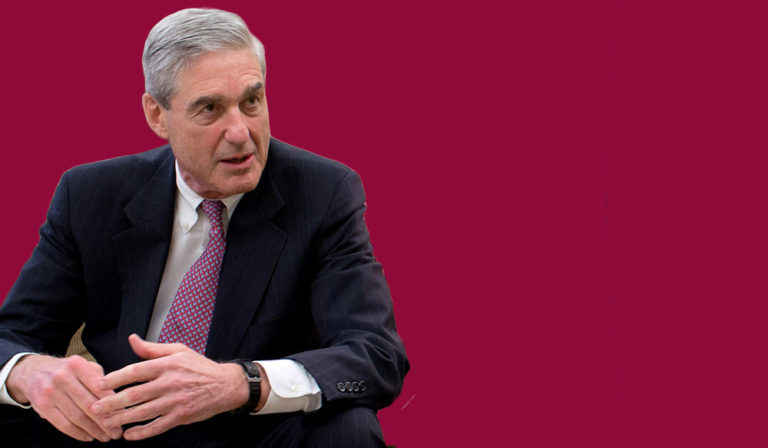





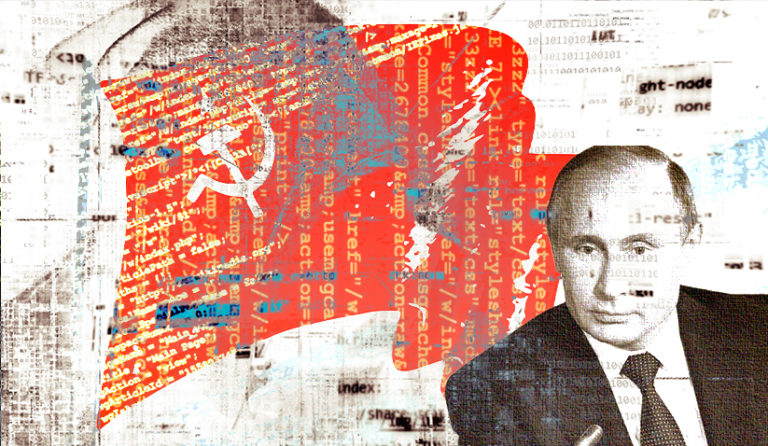




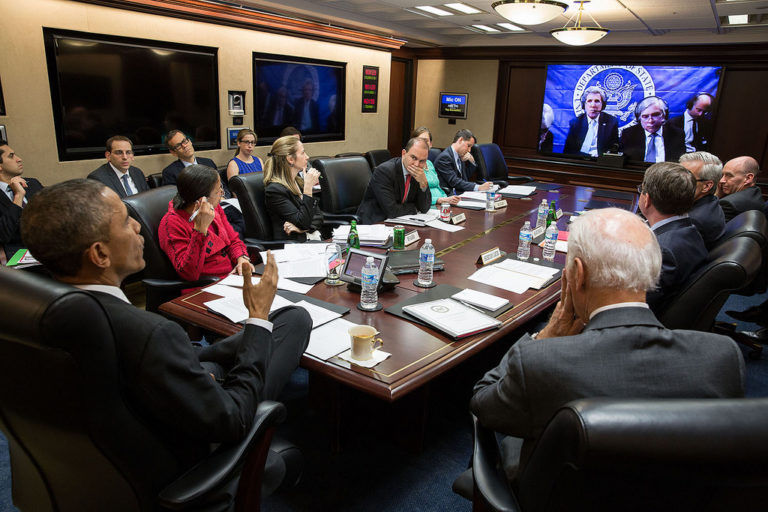


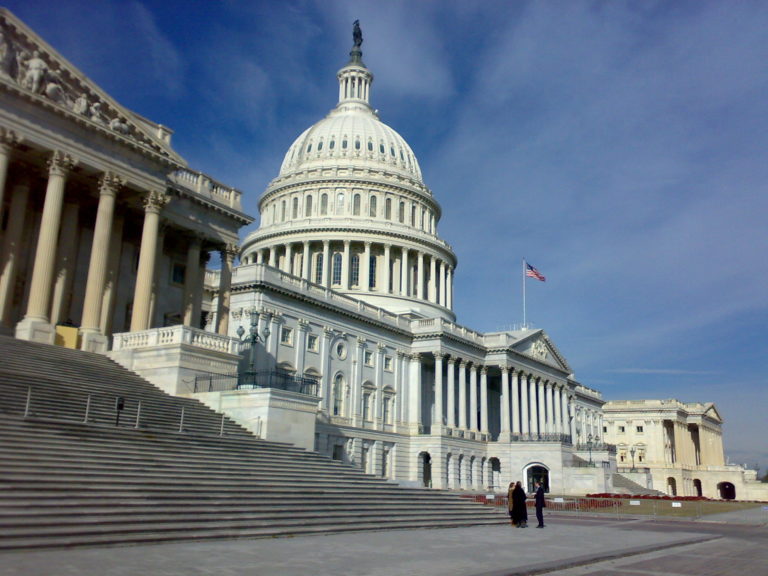





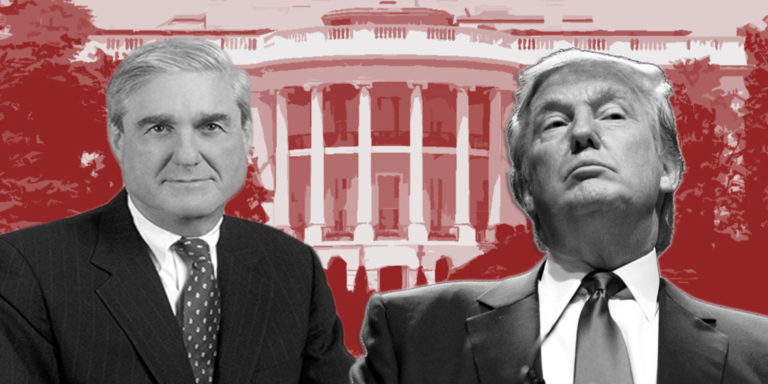

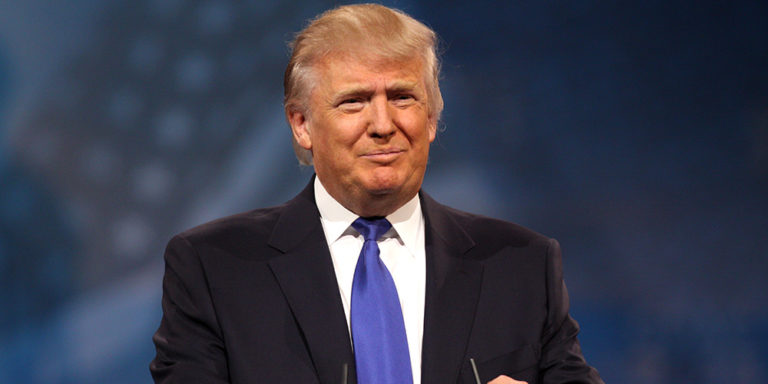
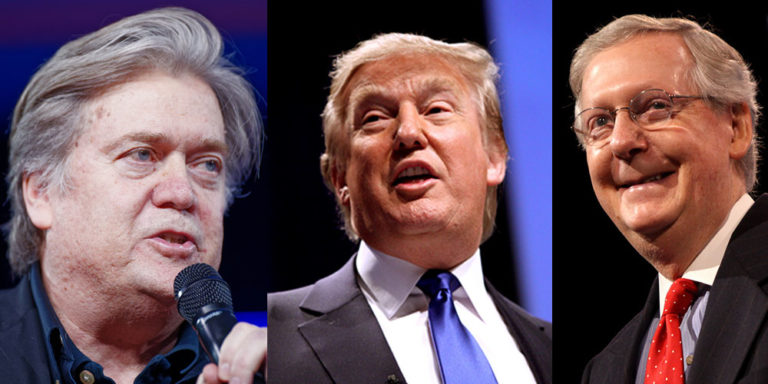




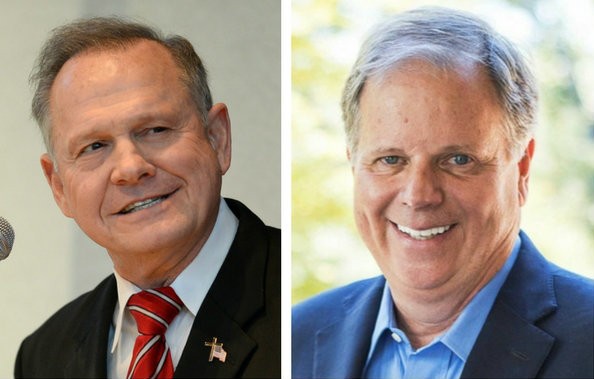

 If the voicing sounded amateurish, it’s because it was. The actors weren’t professionals and the vocal performers were a choir of regular children from St. Paul’s Episcopal Church in San Rafael, California recorded in three sessions over two weeks. Producer Lee Mendelson and Guaraldi rejected the exacting perfection demanded by choir director Barry Mineah and pushed for the “kids to sound like kids.”
If the voicing sounded amateurish, it’s because it was. The actors weren’t professionals and the vocal performers were a choir of regular children from St. Paul’s Episcopal Church in San Rafael, California recorded in three sessions over two weeks. Producer Lee Mendelson and Guaraldi rejected the exacting perfection demanded by choir director Barry Mineah and pushed for the “kids to sound like kids.”
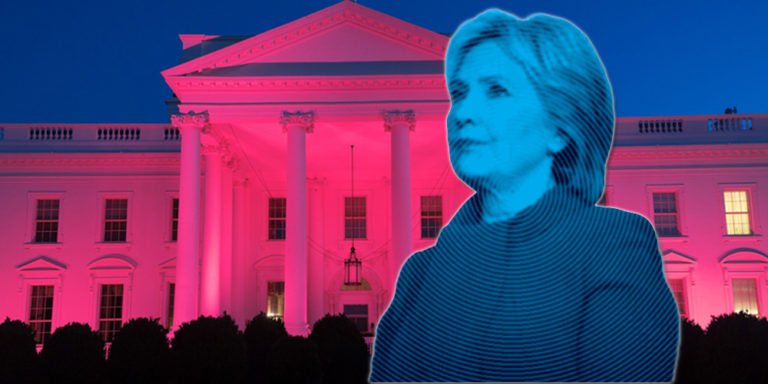

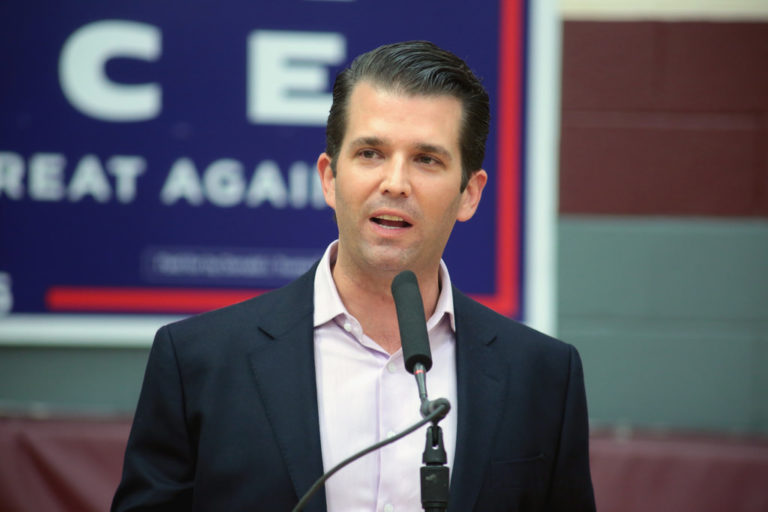
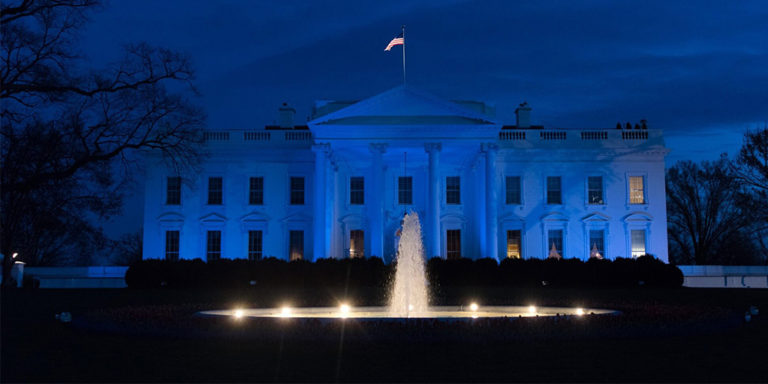
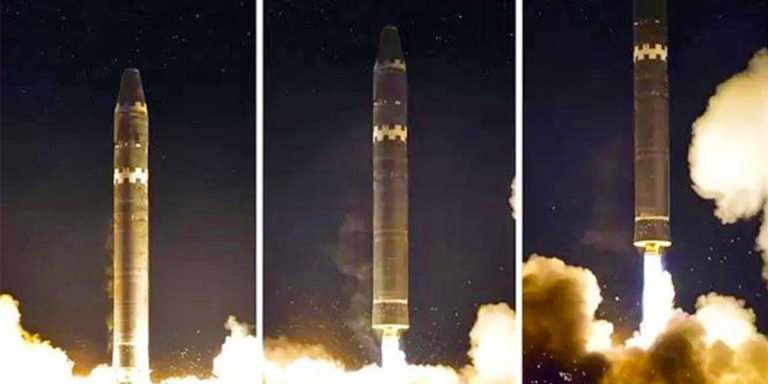







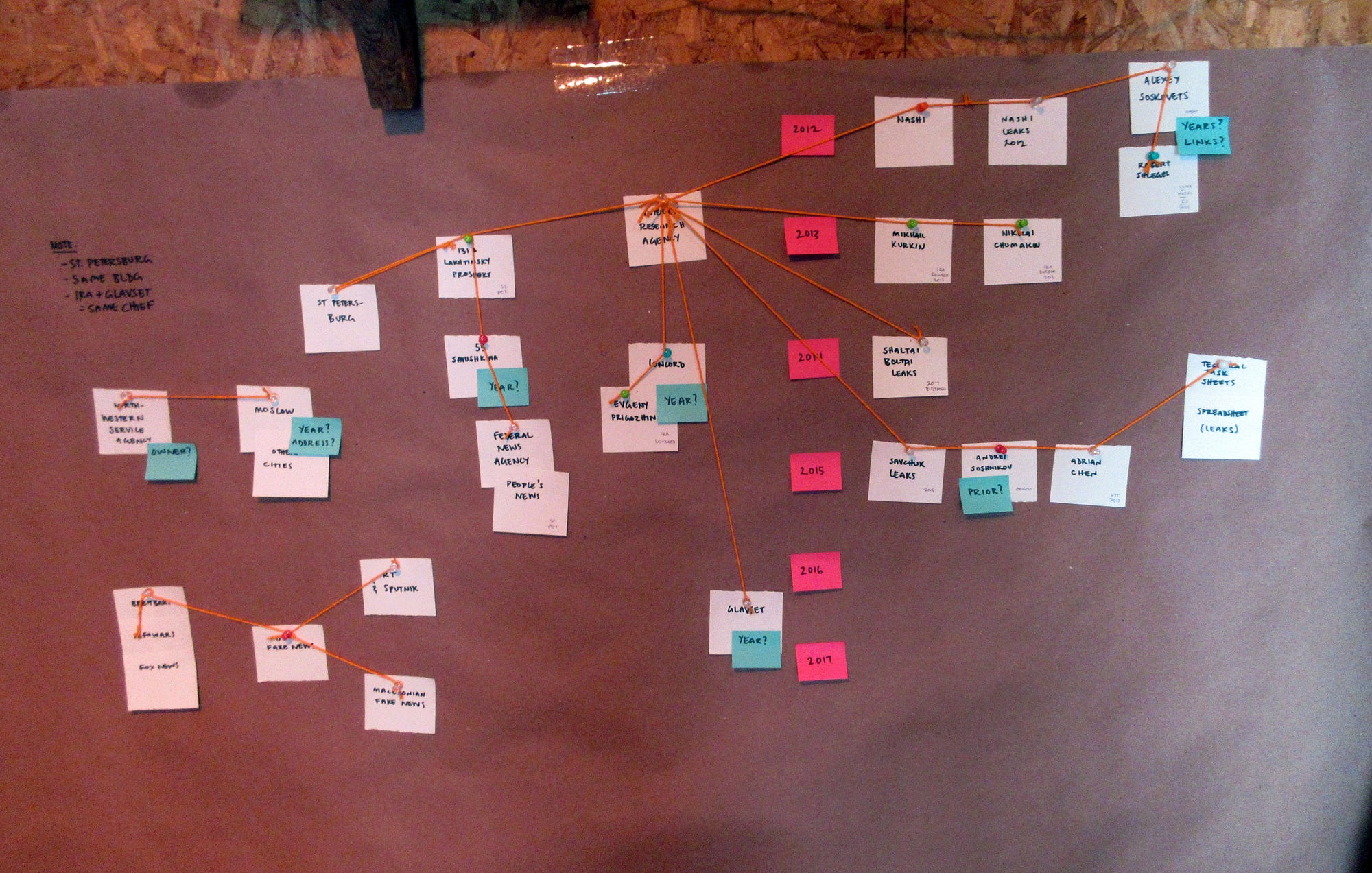

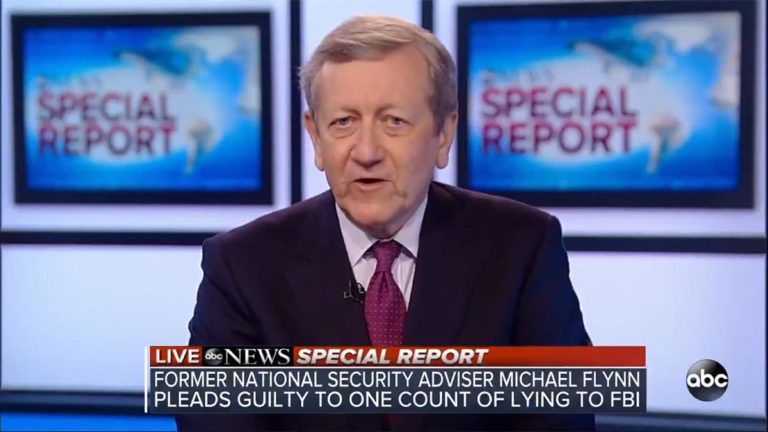

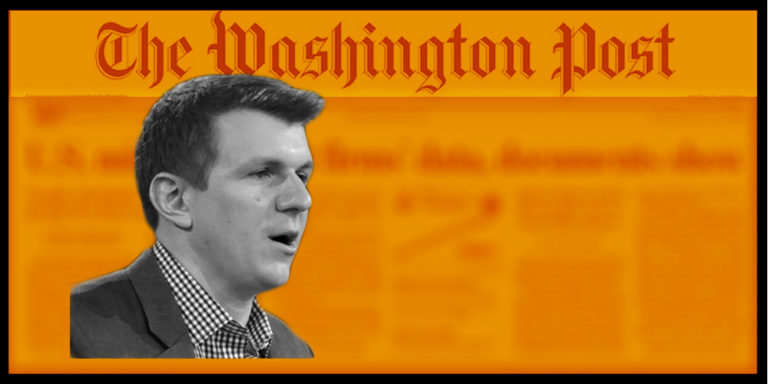






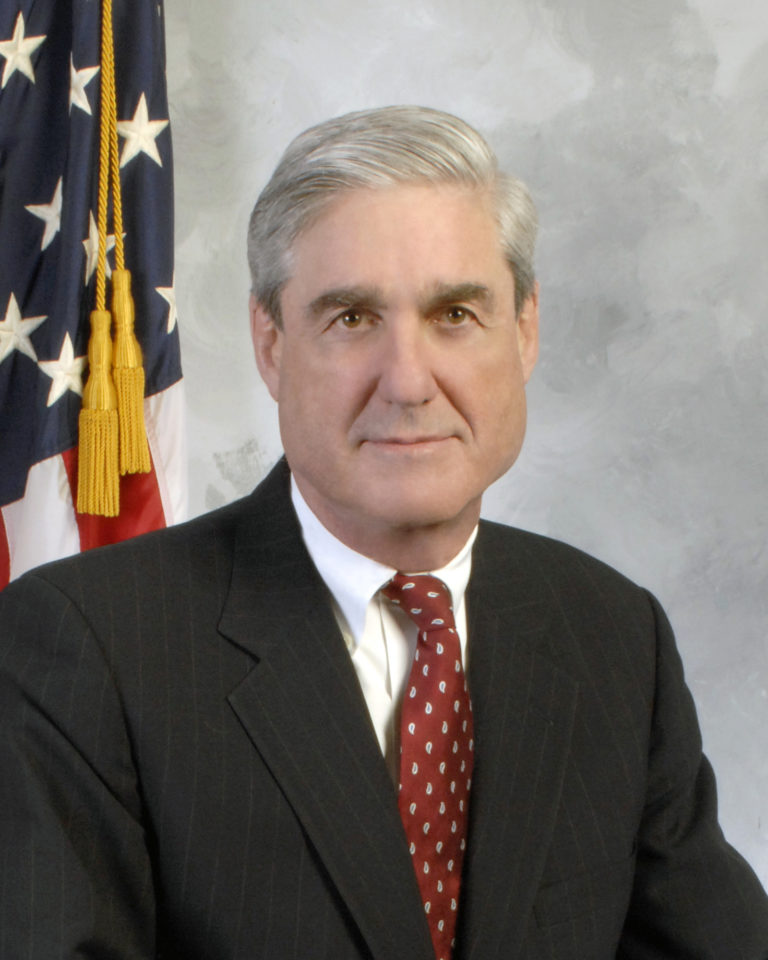

Why ‘Fire and Fury’ Made Trump Erupt
Michael Wolff’s new book on President Donald Trump is either an abject work of fiction or among the scariest documents in recent memory. Recent developments argue for the latter.
The story it tells, of a chaotic White House occupied by an ill-prepared, if not unfit, President consumed by insecurities and vanity leaves us gasping for air. Democrats, the news media, and never Trump Republicans have made the same argument for months. But, here it’s not “the establishment,” not the “fake news,” nor “crooked Hillary” that are plunging the dagger into Trump — it is Trump’s employees, his friends, his allies. And, the picture that emerges is of a cartoonish character, mostly unaware of himself, oblivious to the demands of the office, and incapable of it besides.
There’s a lot of sloppiness about Wolff’s reporting, and reason to suspect his journalistic scruples. On several occasions, he gets names or titles wrong. He refers to Dick Armey as former Speaker of the House (he wasn’t), he misidentified Mike Berman, a lobbyist, for Mark Berman, the Washington Post reporter. And, several people have denied saying what he quotes them as saying or accuse him of quoting off-the-record comments by name.
And, those disinclined to believe it will point to what Wolff wrote in the book’s preface: “many of the accounts of what has happened in the Trump White House are in conflict with one another; many, in Trumpian fashion, are baldly untrue. Those conflicts, and that looseness with the truth, if not with reality itself, are an elemental thread of the book.”
Nevertheless, a lot of this rings too true to be ignored. And, as Wolff has gleefully observed, Trump has spent the last two days demonstrating that the book’s broad themes are mostly on point.
A ‘Stable Genius’
On Saturday morning, in a jarringly unhinged set of Tweets, Trump declared himself a genius. “[T]hroughout my life, my two greatest assets have been mental stability and being, like, really smart.” He cited his election win, which he says demonstrates he’s “not smart, but genius….and a very stable genius at that!”
Normal people do not talk like this. Ronald Reagan, as Trump observed in his tweetstorm, also faced questions about his mental stability. But, he never provided such strong reasons to suggest that those questions were justified.
Inside Trump’s West Wing
In Wolff’s telling, Trump’s West Wing is populated by a cast of hangers-on, B-team politicos, family members and a smattering of earnest public servants, all of whom share, to varying degrees, a weary contempt for the man who occupies the Oval Office. The consensus view, Wolff tells NBC’s Today Show, is that “he’s like a child.”
A major theme of Fire and Fury is the low regard with which the people closest to Trump hold him. Eight different people close to Trump are quoted calling him an “idiot,” “moron,” “stupid,” or “dumb.”
“For Steve Mnuchin and [then-chief of staff] Reince Priebus, he was an ‘idiot,’” Wolff writes. “For Gary Cohn, he was ‘dumb as s**t.’ For H. R. McMaster he was a ‘dope.’” After a phone conversation, media mogul Rupert Murdoch, who reportedly speaks frequently with the President, muttered “what a f—ing idiot” as he hung up from a particularly exasperating conversation.
In Wolff’s many months of reoccurring visits to the White House, peddling around the West Wing, interviewing, and loitering in the lobby making small talk, he develops a fluency in the inside jokes and unspoken gestures that document this contempt as well as the on the record quotes. Wolff describes Kellyanne Conway, among Trump’s most passionate public defenders, as privately expressing her view of him with “a whole series of facial expressions, eyes rolling, mouth agape, head snapping back.” Michael Anton, a senior official in Trump’s National Security Council, had “perfected a deft eye roll (referred to as the Anton eye roll).”
Fire and Fury’s account of the early months of the Trump Presidency is a surreal tale of people who never expected to be there, trying to figure out how to run the world’s most powerful country without an instruction manual. The picture Wolff paints is one of crippling dysfunction, a staff divided into factions and consumed by intramural squabbles, as an oblivious President live-Tweets Fox News and sucks up to grandees.
The story that Wolff tells reinforces the suspicion that Trump’s aspirations to the Presidency were driven far more by vanity than a genuine dedication to public service. In Wolff’s telling, it is Trump’s burning desire for fame and adulation that animate him above all else. All politicians have egos. But, what Wolff describes is a debilitating narcissism so epic that it blinds him.
Wolff’s account colors in what we probably already knew. Trump’s obsession with the size of his inauguration crowd, his pointless insistence that voter fraud accounted for Hillary Clinton’s popular vote margin, and the daily stream of self-aggrandizing tweets already provided pretty good evidence that he was unhealthily self-obsessed.
Voters understood much of this going in, and weren’t too bothered by it. Many Trump supporters, disgusted at what they view as a weak and cowardly Republican establishment, see Trump’s bravado is no vice. They elected him to tell it like it is and don’t much mind, even applaud, the bucking egotism that he brings with it. It was what they believed equipped Trump to bring about forceful change, to drain the swamp and throw out the “establishment” on its ear.
Trump was elected, in large part, because he came from outside Washington. A certain lack of understanding of the finer points of a vast Federal bureaucracy was to be expected. But, the Trump of Wolff’s account is more than just unprepared, he is too wrapped in self-absorption to recognize this, much less correct it. A year into his Presidency, his grasp of policy appears as tenuous as ever.
Still, despite all this, Trump’s Presidency has seen some successes. Tax reform, a strengthening economy, and gains against ISIS are all real accomplishments. Many of the early fears about Trump have proven unfounded. After some initial shock and awe, his administration settled into something that looked more like a conventional Republican policy agenda. He hasn’t pulled out of NAFTA or NATO. Threats of a trade war with China have faded. Whatever authoritarian tendencies Trump may have are tempered by a fundamental lack of aptitude for pulling levers of political power.
The question now is how much real effect the book will have. Wolff’s account hardens the opposition against him. This might make independents more reluctant to return to the Trump fold. But, Trump supporters are generally unwilling to accept negative information about Trump. They will assume that it’s more fake news. Still, coming from Trump allies, it is a little harder to ignore.
The Bannon Break
The comments of Trump’s former chief strategist Steve Bannon are a particularly sharp sword aimed at the heart of Trump’s base. There has long been a tension between Trump and Bannon over who is the true leader of the anti-establishment populist movement that propelled the former to the Oval Office. Is it Bannon, the evangelist who gave the movement its intellectual form, or Trump, the man its adherents championed as President? Now that Bannon has sailed away from Trump-land and burned his ships, will Trump fans be less credulous of him?
Bannon’s comments were remarkable for their savagery. He struck Trump where it hurt the most: Russia and his children. Donald Trump Jr.’s meeting in Trump Tower with a Russian lawyer to get dirt on Hillary was “treasonous” and Special Counsel Robert Mueller was going to get Trump for money laundering whether or not he was complicit in Russia’s election meddling…right after he cracks Don Junior “like an egg.”
Bannon, whose proselytizing of populist bombast defined the Trump movement, cannot be easily dismissed as an establishment shill. But, Bannon’s relationship with Donald Trump was always one of cynical opportunism. His break with Trump must be seen in the same light. Ultimately, when forced to choose between the two, most Trump supporters will choose the President. Yet, the episode may plant seeds of doubt that could diminish the enthusiasm of Trump’s supporters to defend him in the future.
https://prodroughlyexp.wpengine.com/2017/08/steve-bannon-leaves-behind/
Even dismissing Bannon’s likely self-serving attacks, and accounting for Wolff’s embellishments, the impression of a chaotic early White House led by a man unprepared and possibly unfit for the office, is hard to shake.
In succeeding months, John Kelly appears to have contained at least some of the chaos. With the passage of tax reform and the subduing of ISIS, Trump’s Administration has notched some real successes too.
Yet, Trump’s flaws are still on regular display in the petty resentments, boisterous self-promotion and rampant perfidy that pours forth from his Twitter feed. And, there’s little to suggest that he’s developed a proficiency or even a basic grasp of policy details.
Make no mistake, Michael Wolff is out to sell books. And his cartoonish portrayal of a bumbling President is surely overwrought. But, Wolff’s account, as gossipy and unreliable as it may be, adds texture to what most people already suspect: the emperor has no clothes.